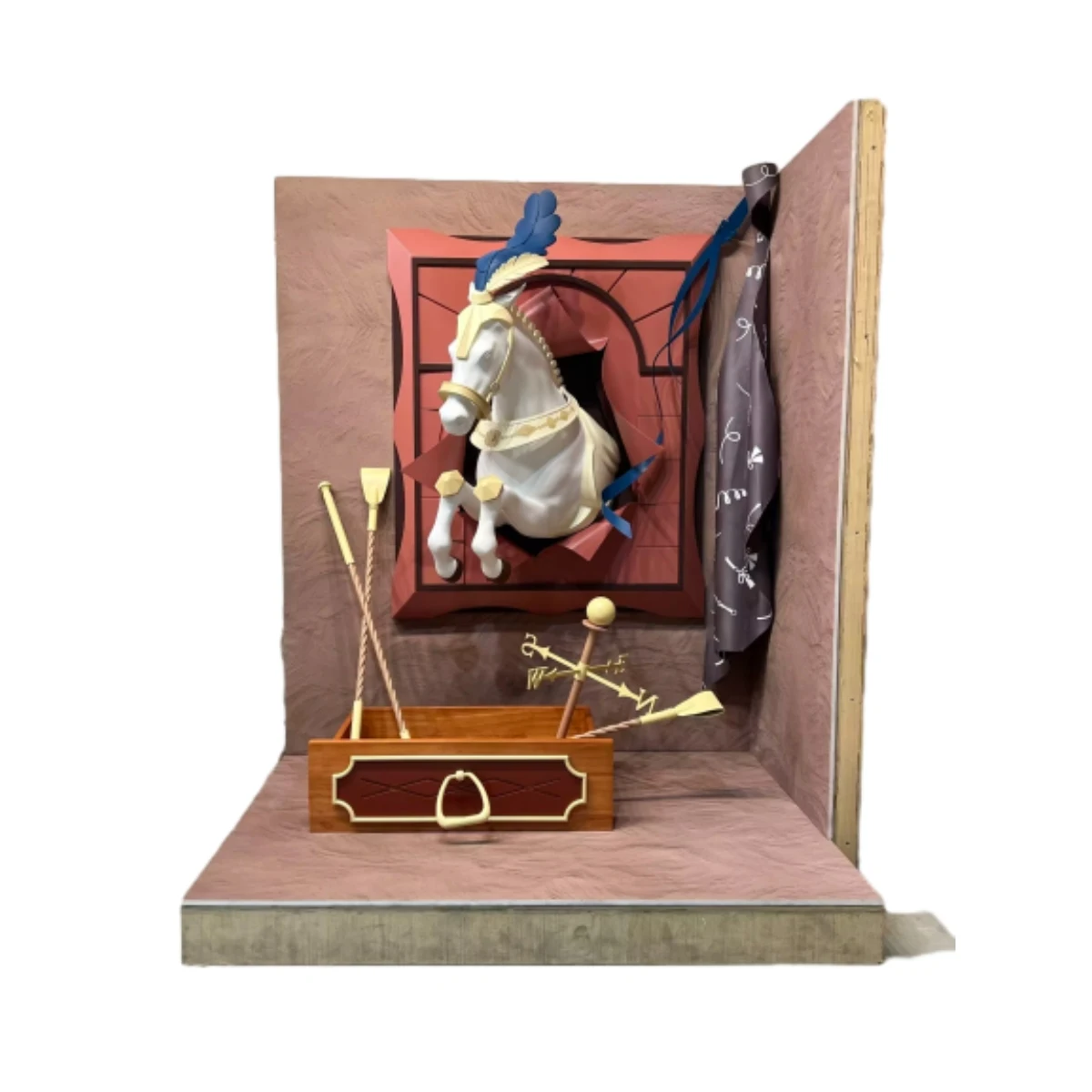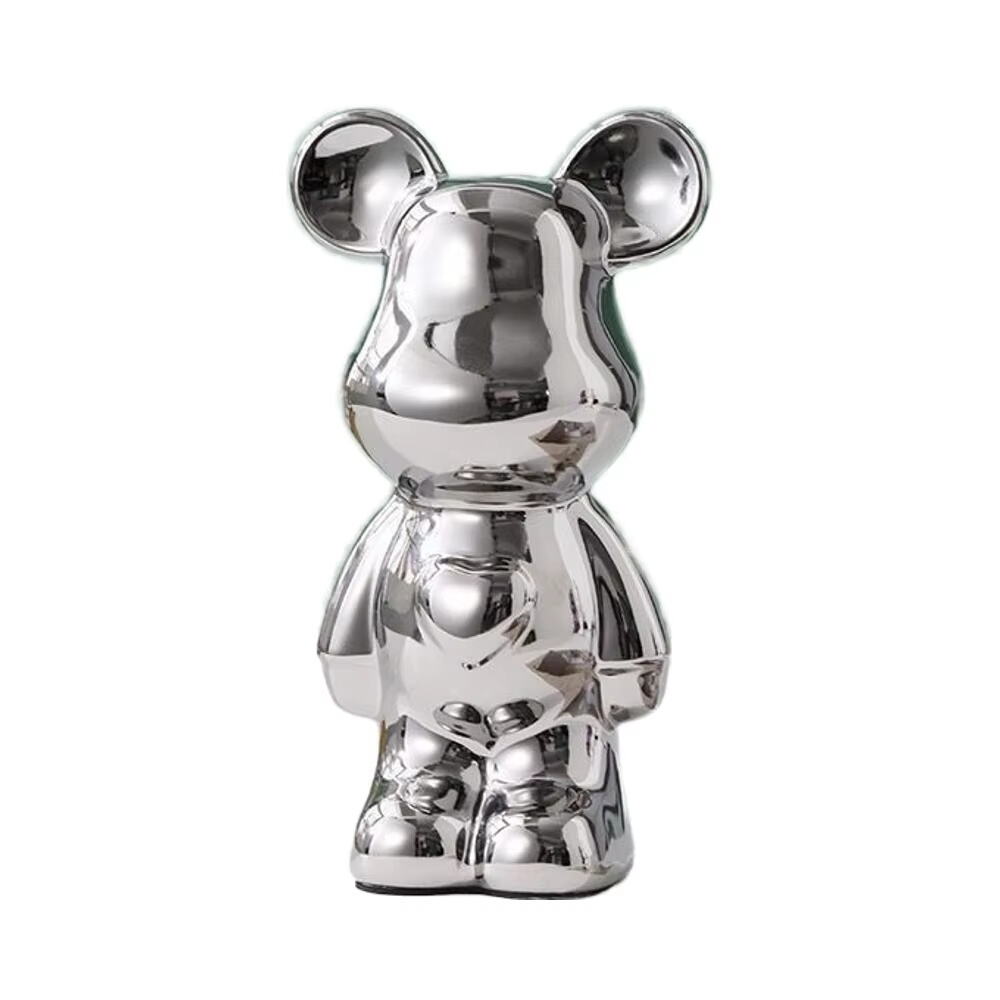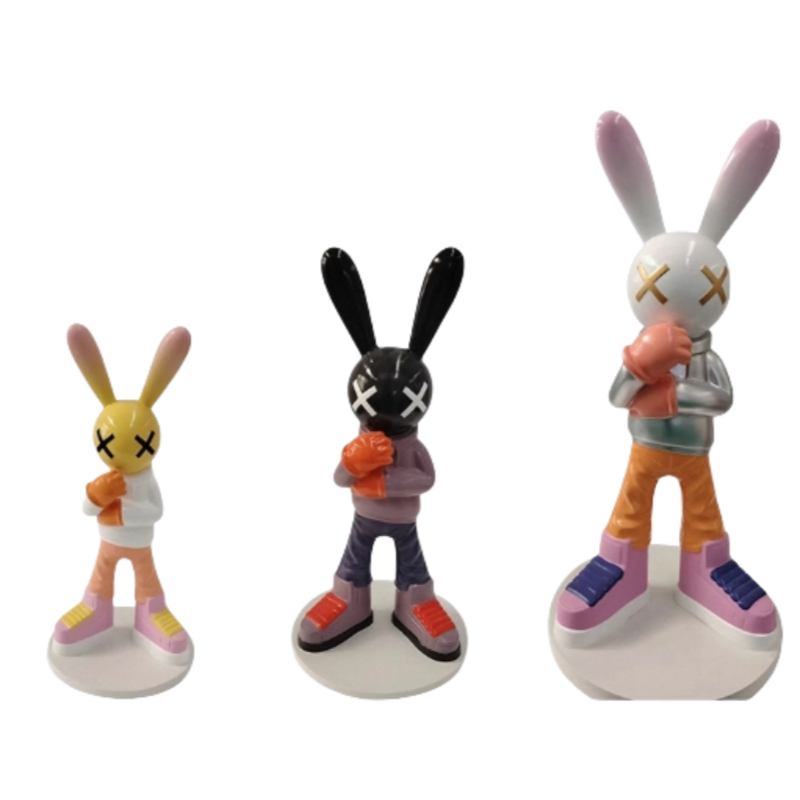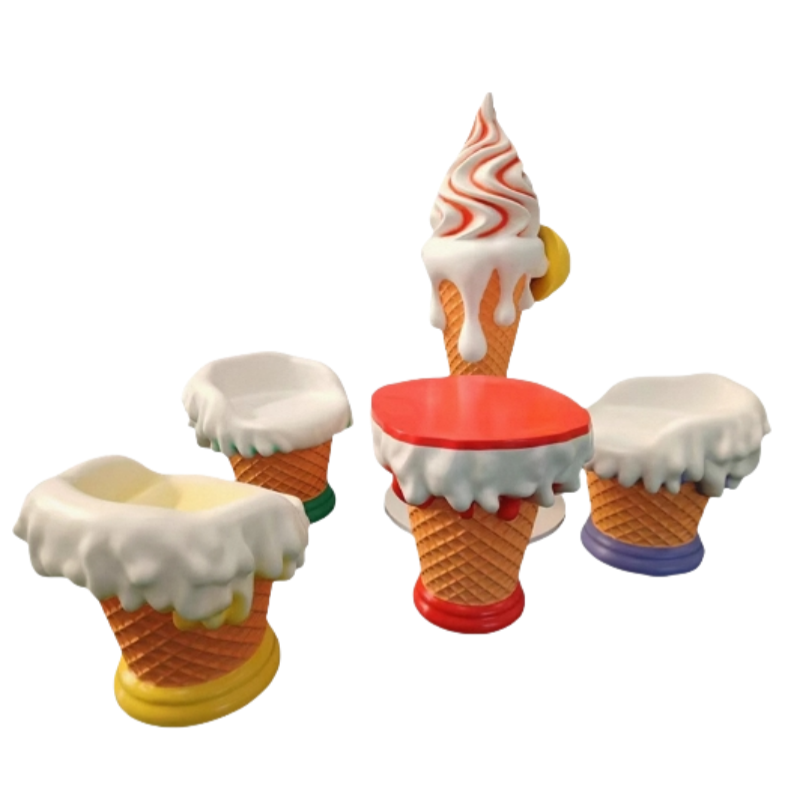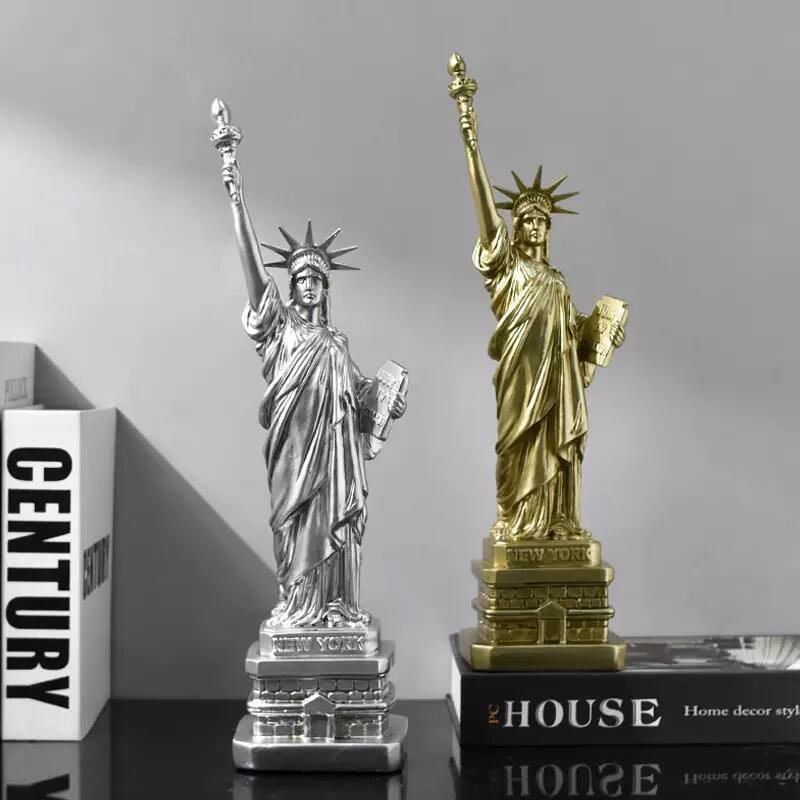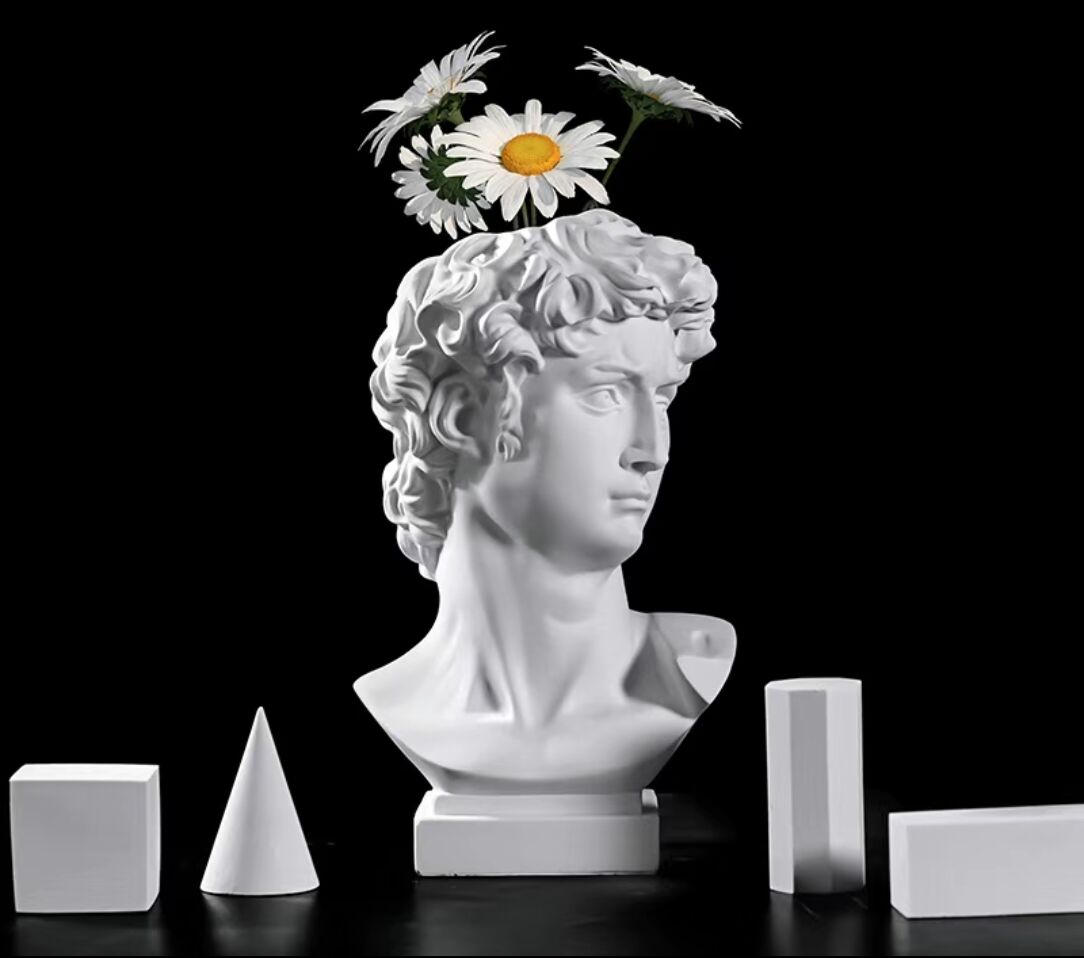relief art
Relief art represents a significant form of sculptural expression where images and designs emerge from a flat background, creating a three-dimensional visual experience. This ancient artistic technique, dating back to prehistoric times, continues to evolve with modern applications in architecture, interior design, and commercial spaces. Relief art encompasses various depths, from bas-relief (low relief) to high relief, allowing artists to create dramatic visual effects through careful manipulation of depth and perspective. The technical process involves either carving away material to reveal the design or building up layers to create the desired effect. Contemporary relief art has embraced new materials and technologies, including digital design tools and innovative fabrication methods, while maintaining the traditional principles of depth, shadow, and form. The versatility of relief art makes it particularly valuable in both decorative and functional applications, from architectural facades to interior wall features. Artists can work with various materials including wood, stone, metal, and modern composites, each offering unique aesthetic possibilities and durability characteristics. The artistic medium serves both aesthetic and practical purposes, often incorporating lighting elements to enhance dimensional effects and create dynamic visual experiences that transform spaces.




